Ukraine is fighting not one but two hot wars against Russia. The first, a conventional, bloody land war along an 810-mile front line, has descended into stalemate. But the second — drone and missile strikes and sabotage raids deep into enemy territory — may prove to be a game-changing strategy for hitting Russia where it hurts.
Last week, two Ukrainian kamikaze drones scored a spectacular hit on an oil and gas refinery and an oil export terminal in Ust-Luga near St. Petersburg. At a range of 775 miles from Ukraine, the strike has severely dented Russian ability to produce and export naphtha, jet fuel and gasoil, and export liquefied natural gas (LNG). It might take weeks or months before the refinery returns to significant capacity. Effectively, those Ukrainian-made drones have proved more successful at enforcing their own violent brand of sanctions on Russia’s hydrocarbon trade than all the West’s failed efforts to cap prices and embargo Russian exports.
‘Russia needs to know that we will be able to respond devastatingly… That will be our answer to them’
Preserving Russia’s capabilities to export oil and LNG has been the core of Vladimir Putin’s sanctions-busting strategy, and it has so far protected his economy from the worst effects of western economic warfare. Though the war now consumes close to forty percent of the Kremlin’s state spending, oil and gas receipts are actually higher than before the war thanks to tensions in the Middle East and Houthi attacks on tankers in the Red Sea. China and India, backed by a cynical international network of tanker fleets, many of them Greek-owned, have kept Russian oil flowing out and the petrodollars flowing in. Russia’s hydrocarbon infrastructure is the economic lifeblood of Putin’s war machine.
That infrastructure is the ultimate target-rich environment. Pumping stations, LNG terminals and refineries are huge, sprawling industrial facilities conveniently filled with highly combustible product. Just two rail lines, the Trans-Siberian and the Baikal–Amur Trunk Line, are the only land link for carrying thousands of tons of crude across Siberia to China. The Black Sea oil terminal at Novorossiysk, Russia’s biggest export hub, is 125 miles as the crow (or missile) flies from Ukrainian–held territory.
Ukraine’s strike on Ust-Luga is by no means the first time its forces have hit critical Russian infrastructure, although it has proved the most economically devastating strike to date. Indeed, in the past two weeks, Ukraine destroyed two expensive surveillance aircraft in Smolensk and Oryol, blew up an explosive propellant plant at Tambov, hit a military plant that manufactured Pantsir missiles in Tula and caused a massive fire at an oil reservoir in Bryansk region that reportedly destroyed more than 3,100 tons of oil. Just after Christmas, Ukrainian aircraft, probably firing British-supplied Storm Shadow cruise missiles, destroyed the large Russian landing ship Novocherkassk at her berth in Crimea. At the same time, Russia continued to bombard apparently random targets in central Kyiv, Kharkiv and Odessa with massed Iranian-made Shahed suicide drones and cruise missiles.
Drone and missile warfare is a whack-a-mole game of competing electronic warfare and air defense systems. The moment one side develops a new technology or tactic, the other scrambles to block it or knock it out. Despite sanctions restricting the import of high technology components — above all processor chips — Russia still has a large and sophisticated military electronics industry. Indeed, on January 18, ships and planes around the southern Baltic sea lost their GPS satellite navigation for up to six hours as Russia tested a powerful new signal-jamming apparatus located in the exclave of Kaliningrad with a range of more than sixty miles. But Russia has one structural vulnerability that Ukraine does not: its vastness and dispersed infrastructure makes it impossible to defend every pipeline, factory and bridge.
Ukraine has another advantage: a sophisticated drone industry organized by private companies and fueled by a highly efficient system of state funding. “The development of drones is proceeding fast,” said Hanna Hvozdiar, Ukraine’s deputy minister of strategic industries, last month. “Ukrainian drones are at the moment the best in the world… There is a big difference between the budgets the Russians and Ukrainians have, so to succeed we need innovations and technology. That’s where we are really strong.”
So far, the main impact of drones has been on the battlefield, taking out tanks and personnel. But the Ust-Luga attack marks a major escalation in the field of strategic drone warfare against Russia. Wherever the line of control may lie when the guns eventually go silent, Ukraine’s long-term security will depend on its ability to respond rapidly to any future Russian aggression. And that means developing cruise missiles and effective long-range drones, according to Colonel Roman Kostenko, head of the Defense and Security Committee of the Rada, Ukraine’s parliament.
“Long-range missiles which can act effectively against Russian defense industry facilities and economic infrastructure are crucial,” says Kostenko. “We need a weapon of deterrence against Russia. They need to know that we will be able to respond devastatingly… That will be Ukraine’s answer to their nuclear weapons.” An independent long-range missile and drone capacity will also, crucially, allow Ukraine to break free of its current near-complete dependence on western-supplied weapons — especially as there remains a clear taboo against using western-supplied weapons inside Russian territory to assuage allies’ fears of escalation. “Ultimately only such an independent strategic deterrence capacity can make us safe,” says Kostenko. There is no reason why Ukraine, with investment and technical support, can’t create just such a deterrent. It was a pair of Ukrainian-made R-360 Neptune anti-ship missiles (likely augmented with US-supplied avionics) which destroyed the Russian cruiser Moskva in April 2022.
It is deep attacks on vital infrastructure that will really hurt Russia, not the endless meat grinder on the line of control which merely kills Russians whom Putin and most of his people regard as cannon fodder. The Ust-Luga attack is exactly the kind of asymmetric warfare that Ukraine excels at. It may also be the key to making the war too expensive and painful for Putin to continue.
This article was originally published in The Spectator’s UK magazine. Subscribe to the World edition here.



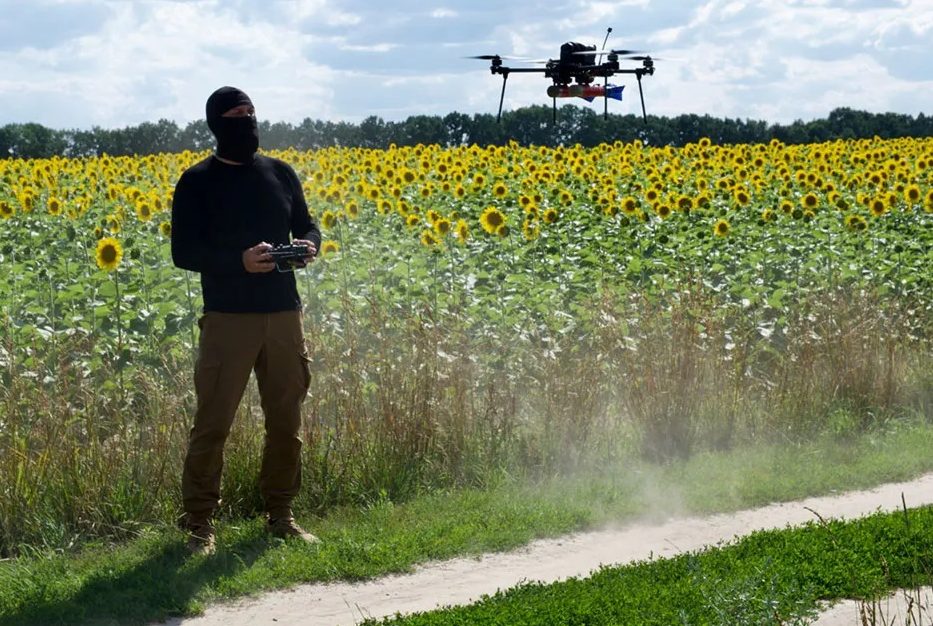







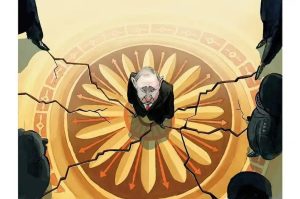
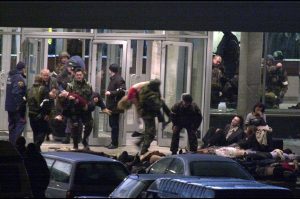
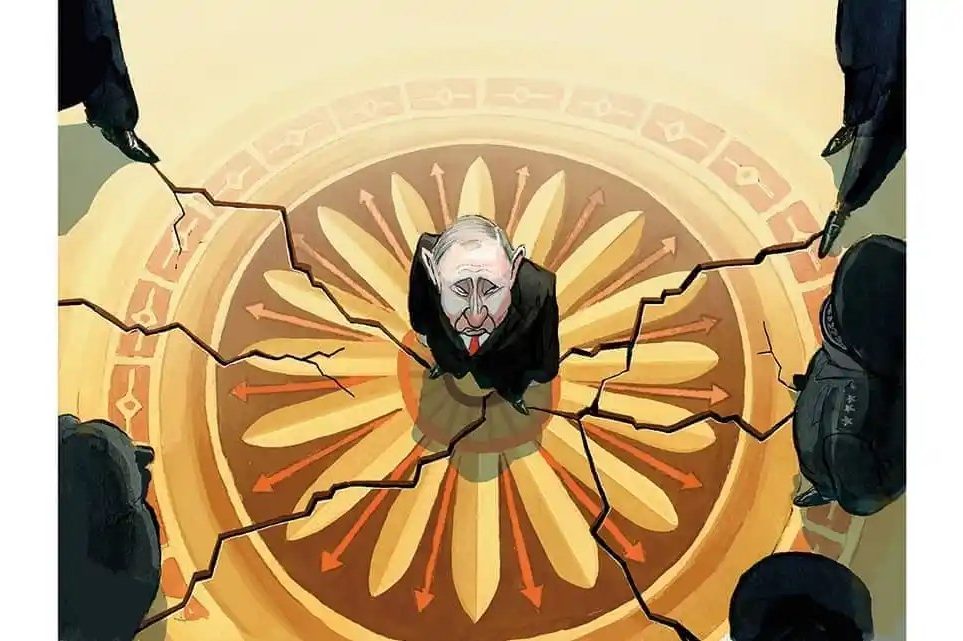
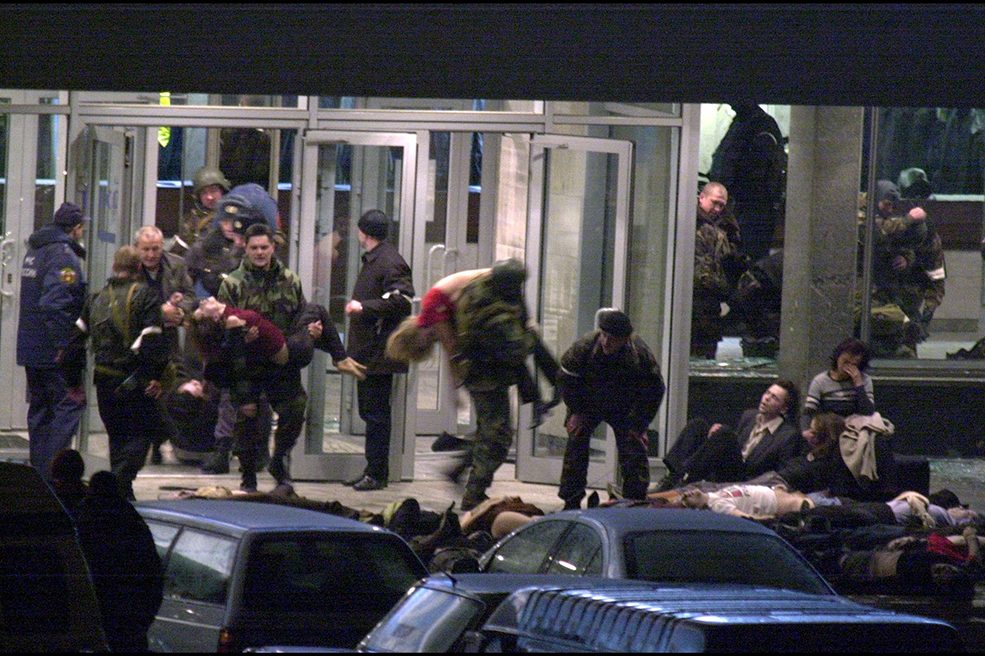



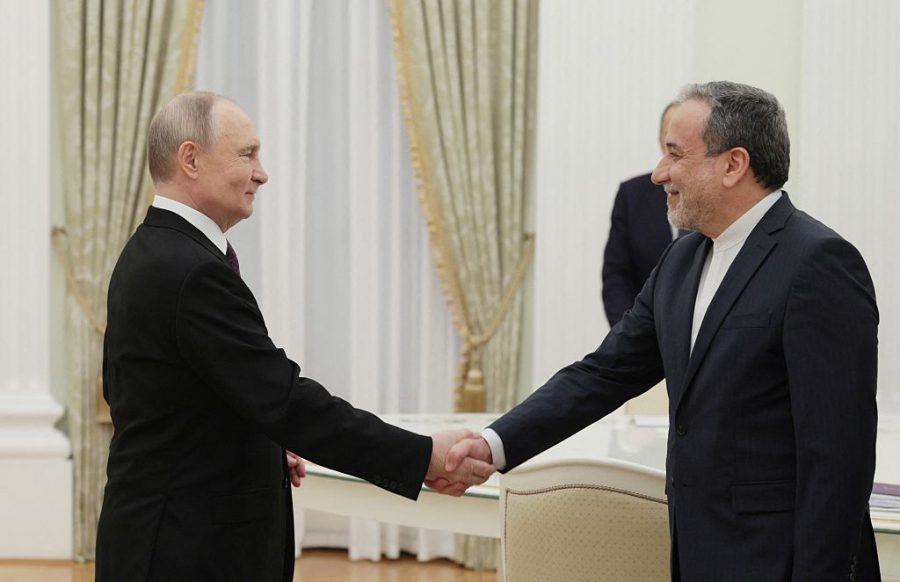







Leave a Reply